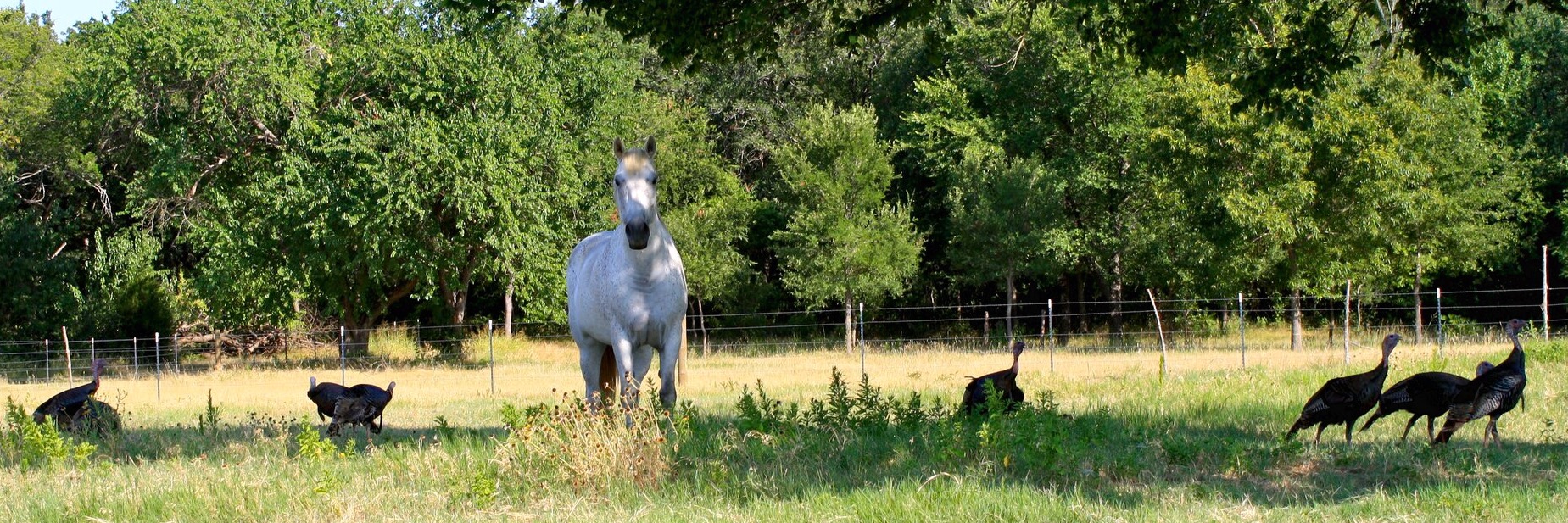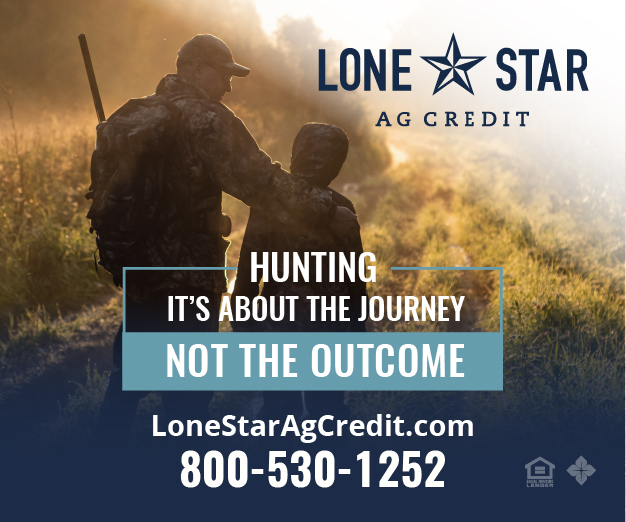HOME
Giving Thanks
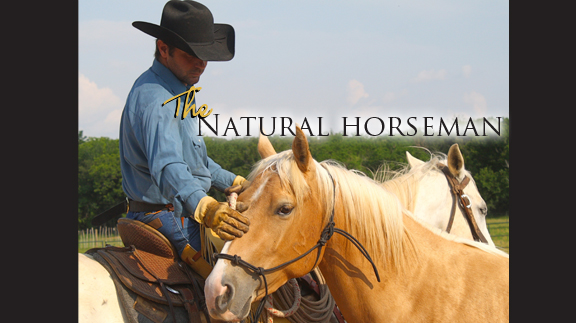
By Steve Stevens
As Thanksgiving approaches, I started thinking about past Thanksgivings and how it related to my cowboy lifestyle. I grew up with a traditional family Thanksgiving. Mom made the turkey and whatever family was around would join us.
Once I turned eighteen and started rodeoing, I started a tough Thanksgiving tradition of my own, which sadly was away from my family. For some reason bronc riders love to throw their bronc riding schools on the Thanksgiving weekend, maybe because of the long weekend. For the better part of ten years I would attend these schools. One was in Iowa, Louisiana, put on by Harper and Morgan’s Rodeo Company. The first few years they were taught by the Great Monty Hawkeye Henson and later on by one of my bronc riding heroes, Derek Clark. The one year I didn’t go to Louisiana I went to one of Monty’s schools in Albuquerque. I remember eating a Thanksgiving dinner by myself at a Petro gas station somewhere between Holbrook, Arizona, and Gallup, New Mexico.
So, while everyone was enjoying stuffing and pumpkin pie leftovers, I was probably getting my guts stomped out by some saddle bronc colt.
My fondest memories of these times were with a family I became friends with through a mutual friend that lived in Zwolle, Louisiana. Wayne Hoosier and his family opened their hearts to me any Thanksgiving on my way to ride broncs. It was a hundred percent Cajun Thanksgiving with gumbo, turkey and crab balls that I can still taste and smell. My mouth waters just thinking about it. I remember sitting on the couch in their living room stuffed to the brim watching the traditional Cowboys’ football game. Although we were in Louisiana, the Cowboys seemed to be their favorites. I always felt guilty ‘cause I didn’t want to eat too much as I didn’t want to feel heavy when I had to get on wild horses in the morning.
I also had one of my best friends who lives in Lake Charles, which was real close to the school, always making sure I had plenty of leftovers.
This had become a tradition for me, trying to get ready for the next season. Now that I have my own family, I wonder how I could have ever left home during that time.
One year I was pretty lonely at the school missing home. I wasn’t riding real good but I had gotten on so many broncs that day, that all the other kids had already put all their tack up and had left or were sitting in the stands. I sat behind the bucking chutes alone wondering what I was doing so far away from home and Monty came and sat next to me and said “Don’t worry, you will do just fine; you’re the only one left.” That meant a lot.
Twelve years later, I am planning our Thanksgiving meal as I am the resident cook this time of year. I am really focused on getting ahead with all the horses so we can enjoy the day. I am looking forward to sitting down in my Texas home and like I did so many years ago, root for the Dallas Cowboys in the most heroic comeback in football history. I want to make sure to spend time with not only my wife and kids, but also with our horses to let them know how much I appreciate them in our lives.
When I think about trying to be the best cowboy I can be on Thanksgiving, I wanted to offer up my family prayer.
Dear God,
On this blessed holiday when we celebrate our ancestors giving us the wisdom to give thanks…
I want to Thank You as this has not been a bad year at all.
I was blessed to receive a new 20X Mahan felt hat, my Ariats are so new they don’t have holes in them and I have a new hackamore on the way.
But more importantly, this year You kept our barn full with customers so that we can provide for our children, our horses, dogs and cats.
No matter how difficult the day was, You have given us the courage to get up the next day and start again.
You have surrounded us with new friends who have warmed our hearts with their support and kindness.
You have kept me in one piece, riding all of the beautiful horses that you have sent to us as providers and teachers.
I know it hasn’t been easy as I can be stubborn as a mule, but Thank You for giving me the courage to know that I need to work harder to be a better husband, father and friend every day.
Dear God, most of all I want to Thank You for giving my wife the strength to walk tall and proud through her trying times of being cancer free for over a year. I owe You big on that one.
And by the way- A special Thanks – You even let the Dallas Cowboys win one this week!
In all Your Glory, we Thank You Lord.
Amen
Wishing all of you and your horses a very Happy Thanksgiving!
With Love from the Stevens
Attractions
The Deadliest Prairie in Texas
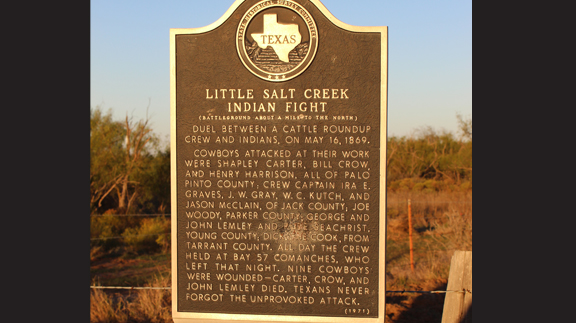
By Shannon Gillette
The Salt Creek Prairie with its rolling natural grasses and rampant wildflowers was a deceptive backdrop to the most dangerous prairie in Texas. Located in the northern section of Young County, the prairie absorbed an abundant amount of blood, shed from the battles between the encroaching white man and the Indians desperately trying to hold on to their home lands.
The Salt Creek Prairie was the location of several encounters between the Kiowa, Comanche and the area ranchers. The Indian Raid of Elm Creek on Oct. 13, 1867, resulted in the death of seven ranchers, five former Confederate Soldiers, the kidnapping of six women and children and the theft of 10,000 head of cattle. On May 18, 1871, the prairie witnessed another massacre when the Warren Wagon Train was hit by Kiowa under the command of Satanta, Satank and Big Tree. Seven members of the wagon train were murdered and forty-one mules stolen. But perhaps one of the bloodiest encounters was the Salt Creek fight on May 16, 1869.
Eleven cowboys under the watchful eye of their foreman, Captain Ira Graves were in the process of rounding up about five hundred head of their cattle about five miles southeast of present day Olney, Texas. The ranch hands were William Crow, John and George Lemley, C. L. Carter, Jason McClain, W. C. Kutch, J. W. Gray, Henry Harrison, Rube Secris, Joe Woody and a former slave known as Dick. They had noticed signs of recent Indian activity and were vigilant as they gathered the herd together. Each was armed with cap and ball six shooters. They had pointed the cattle towards the ranch and had made about four miles headway when they noticed a few more head grazing in the distance. Graves sent Carter and Kutch to gather them up. They had advanced about two miles when they spotted a large band of Indians approaching fast. Carter and Kutch could have taken cover in the sparse timber, but realized they would be leaving their companions in serious danger. The two groups met in the middle and tried to take cover in a small ravine that drained into the Salt Creek. The shallow-make shift fox hole offered very little protection.
The Indians attacked again and again. Arrows rained down on the cowboys in a continuous stream of painful blows. They attacked and retreated and attacked and retreated, but each time were met with volleys of gunfire from the small group of ranch hands. Each time the Indians retreated, they conferenced with their leader, who had stationed himself on a small hill away from the battle. After six hours of the constant onslaught, Graves developed a plan. When the Indians retreated, he ordered his men to stand and wave as wildly as they possibly could. The band of Indians, numbering over fifty strong, retreated for a final time, leaving the small band of cowboys alone.
As the dust settled the ranch hands evaluated their losses. In Kutch’s personal account given several years later, he described the aftermath: “Wm. Crow had been dead for several hours, and C. L. Carter had a severe arrow wound in his body, and had been also painfully injured with a rifle ball. John Lemley was mortally wounded in the abdomen with an arrow; J. W. Gray had been twice struck with rifle balls, once in the body and one in the leg; W. C. Kutch had two arrow heads in his knee and one in his shoulder; Jason McClain had been twice wounded with arrows; Rube Secris had his mouth badly torn, and his knee shattered; Geo Lemley had his face badly torn, and an arrow wound in his arm; and Ira Graves and Dick were also wounded.” Harrison was sent to Harmison Ranch for help.
The exhausted and wounded cowboys braved a very long and frightful night. With great relief, the morning hours brought the welcome sight of an incoming wagon. The rescuers patched the wounded as well as they could and sent word that doctors were needed desperately. The doctors did not arrive until a full twenty-four hours later. Carter passed away the next day from the injuries received during the battle. Two years later, McClain died while on another cattle drive. The cause of his death was blamed on the substantial injuries incurred on that fateful day in 1869.
While today the prairie grasses still wave and the wildflowers bloom in gorgeous arrays of colors nestled between cactus and mesquite, the blood shed is a distant memory. On crisp spring mornings it is easy to picture the deadly predicament that the cowboys faced.
This article originally appeared in the January 2016 issue of NTFR.
HOME
Preparing Spring Gardens
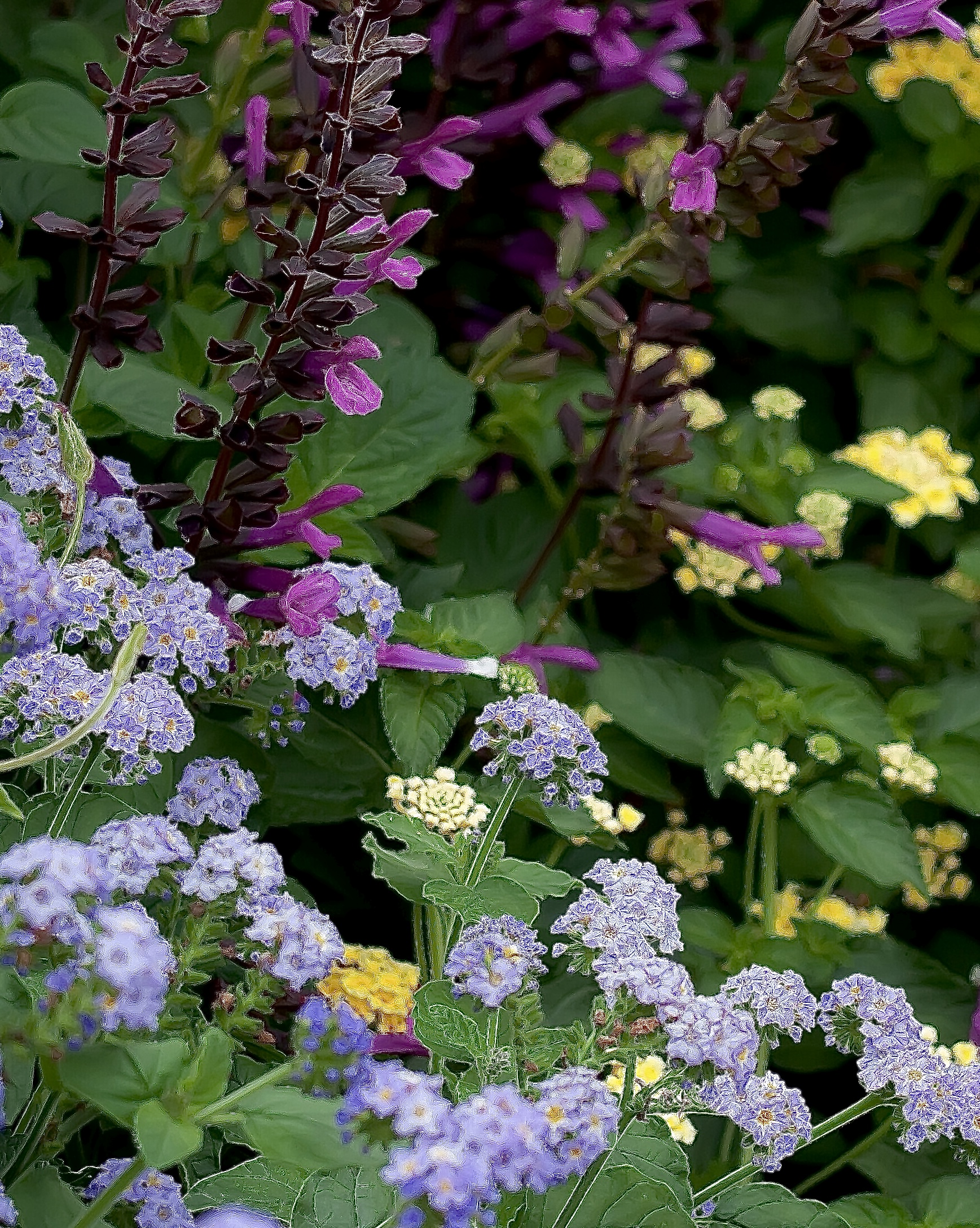
By Hannah Claxton | Editor
The North Texas area is located within USDA Hardiness zones seven and eight. The zones are categorized by predicted low temperatures for winter and timing of the first and last frosts.
Zone seven usually has winter low temps between 0 and 10 degrees F with the average date of the first frost falling between Oct. 29 and Nov. 15 and the average date of the last frost falling between March 22 and April 3.
Overall, these two zones have similar climates and growing conditions, making the options for timing and variety within a garden very similar.
In these zones, cool-season crops should go in the ground in March, meaning that soil preparation should start now.
To read more, pick up a copy of the January edition of North Texas Farm & Ranch magazine, available digitally and in print. To subscribe by mail, call 940-872-5922.
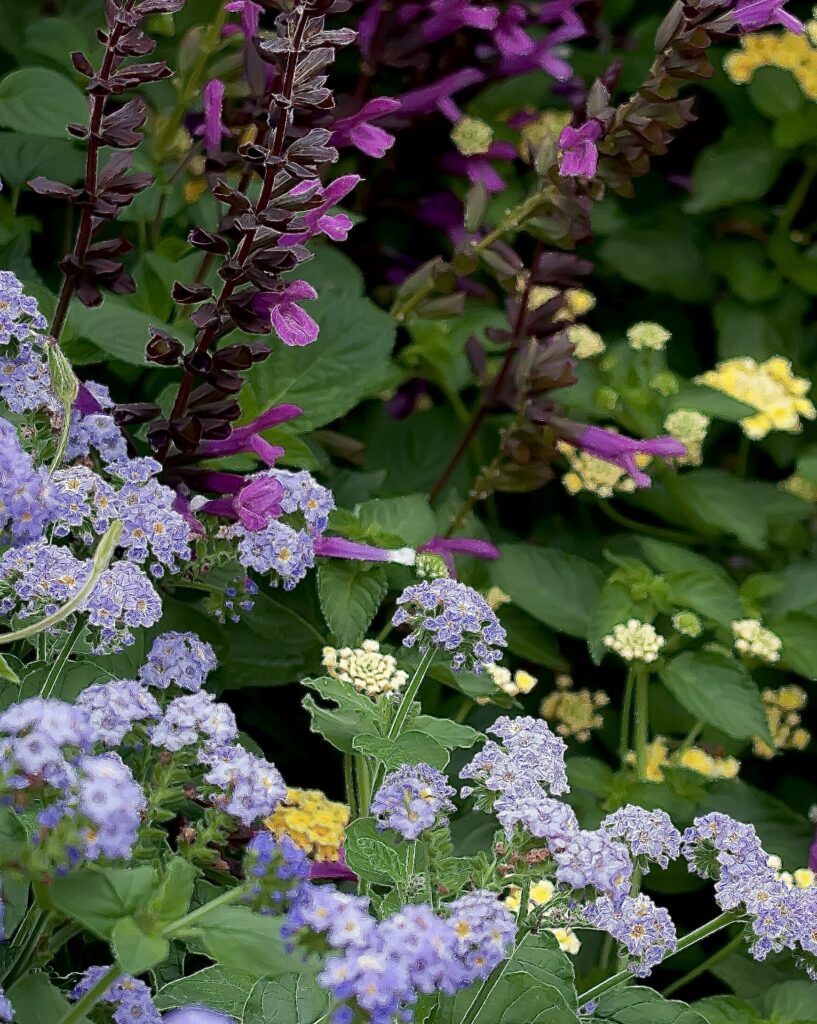
HOME
Equine Vaccinations
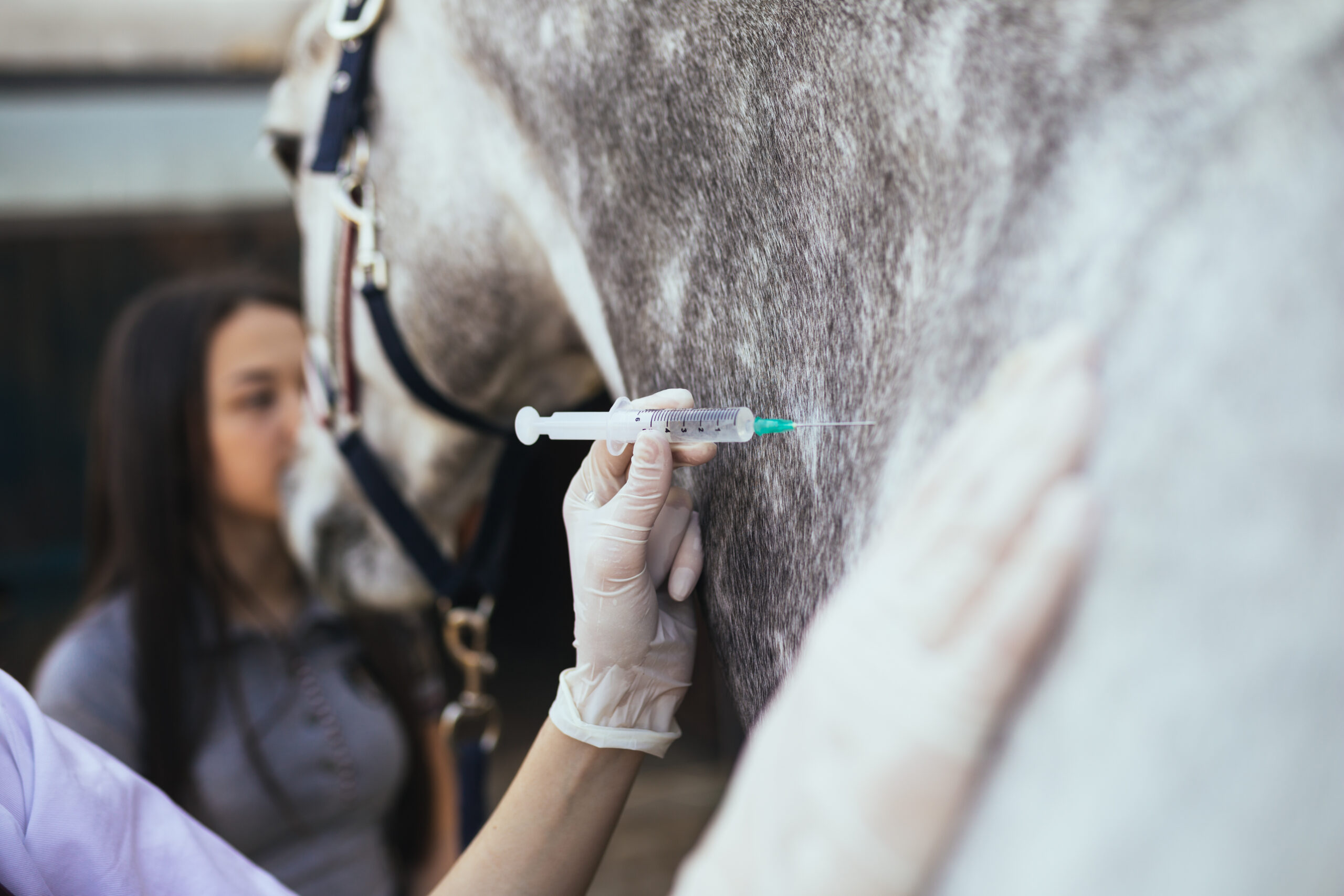
By Heather Lloyd
Vaccinations are a critical component of maintaining the health and well-being of horses, especially in environments where they are exposed to other animals, such as in the sport, show and performance arenas. Horses, like all animals, are susceptible to various infectious diseases that can spread quickly and cause serious harm.
A routine vaccination schedule helps prevent the spread of these diseases by preparing the horse’s immune system.
To read more, pick up a copy of the November edition of North Texas Farm & Ranch magazine, available digitally and in print. To subscribe by mail, call 940-872-5922.
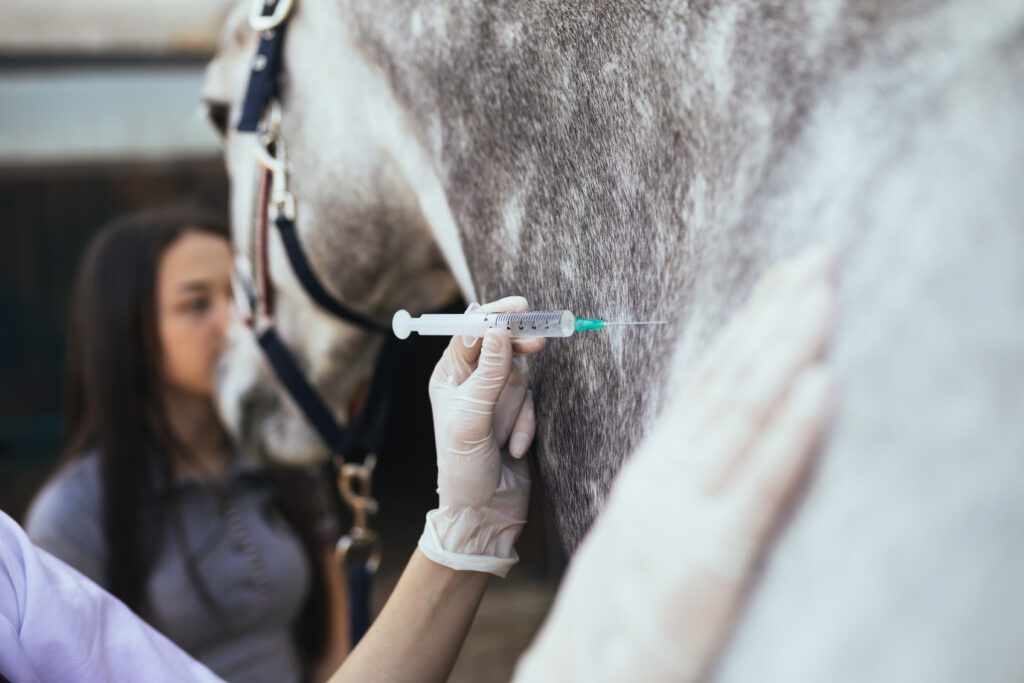
-
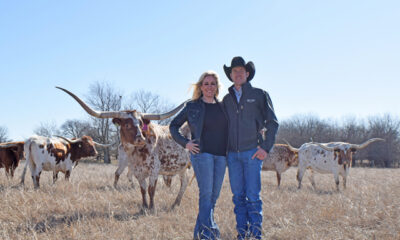
 Country Lifestyles2 years ago
Country Lifestyles2 years agoScott & Stacey Schumacher: A Growth Mindset
-
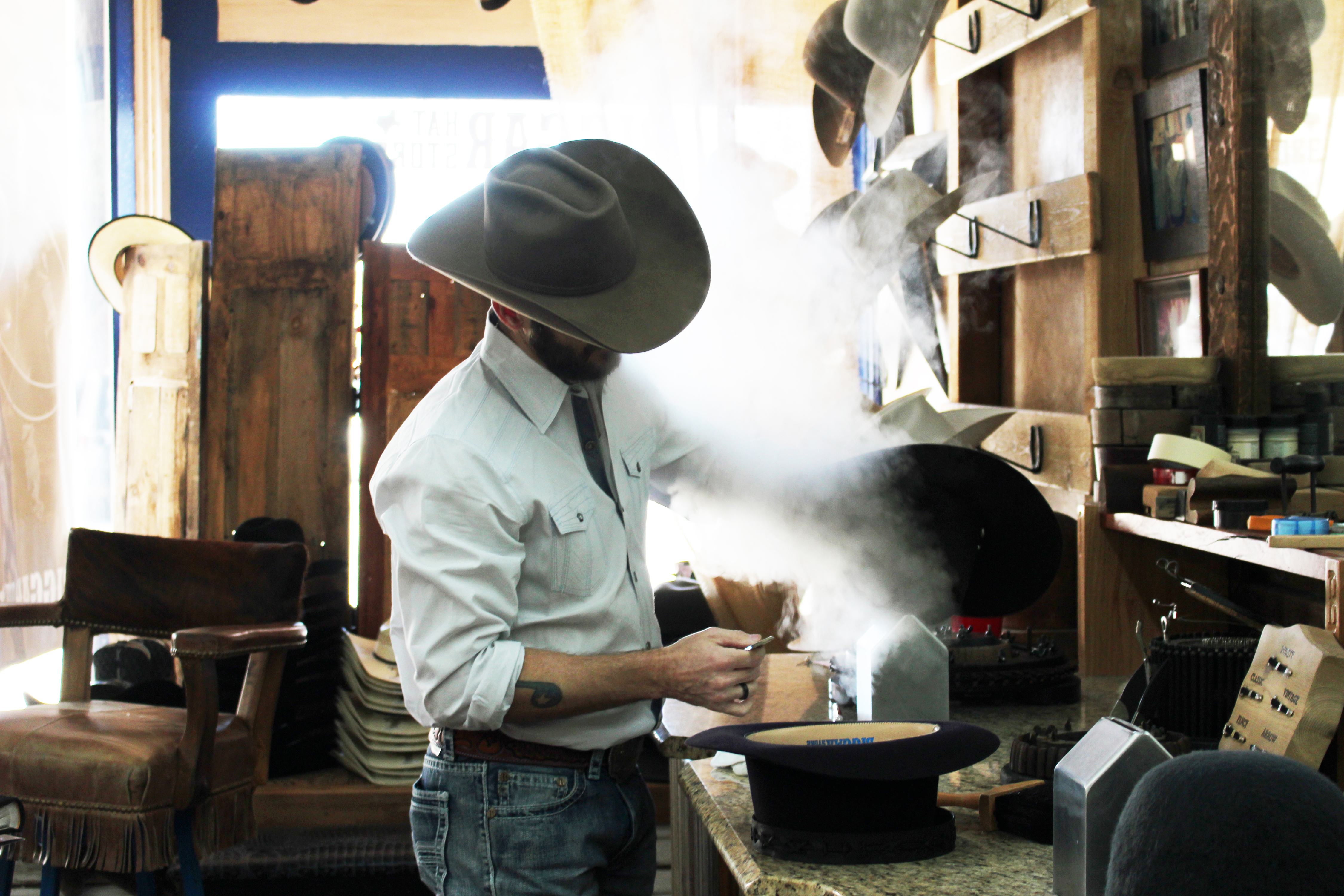
 Country Lifestyles8 years ago
Country Lifestyles8 years agoStyle Your Profile – What your style cowboy hat says about you and new trends in 2017
-
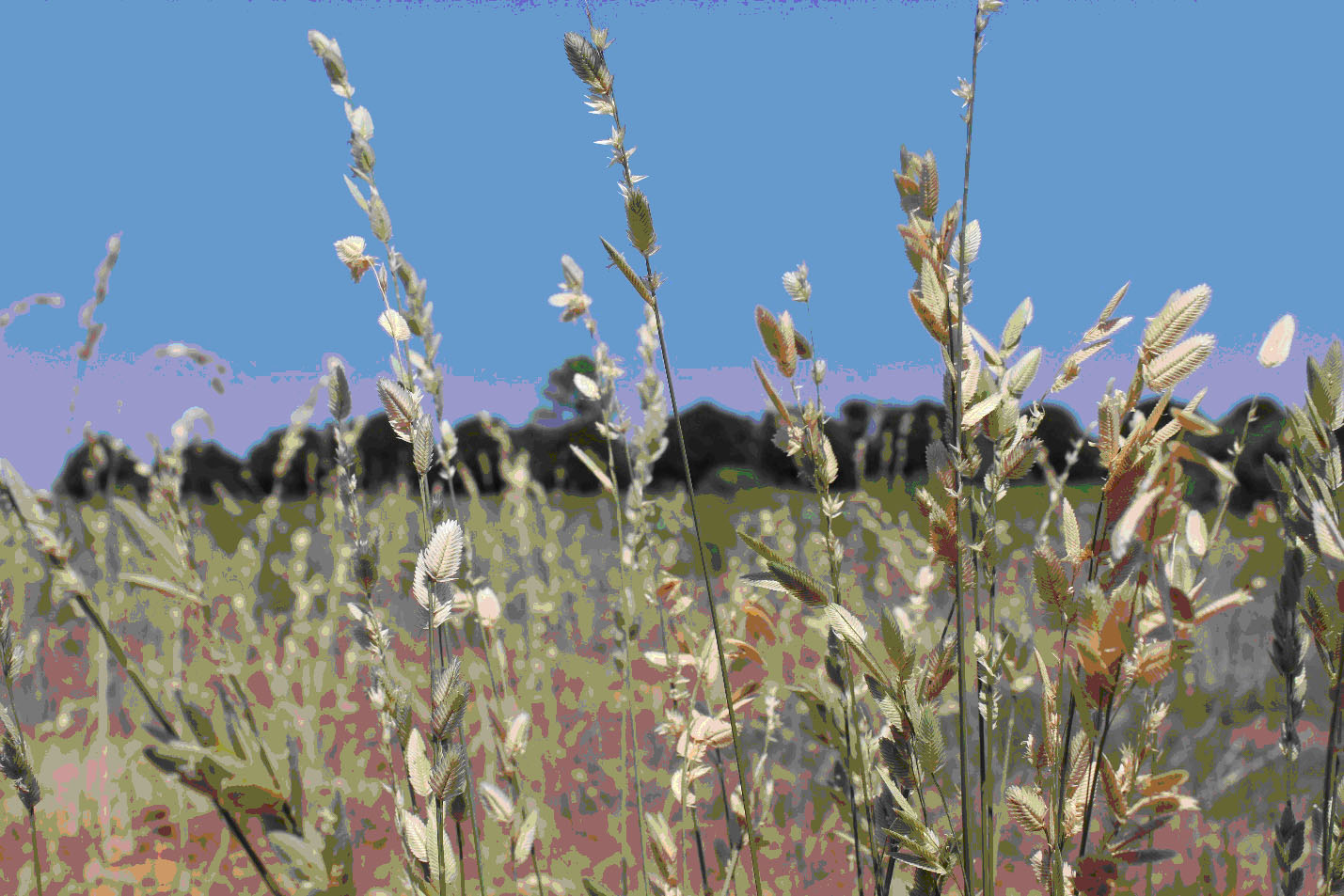
 HOME8 years ago
HOME8 years agoGrazing North Texas – Wilman Lovegrass
-
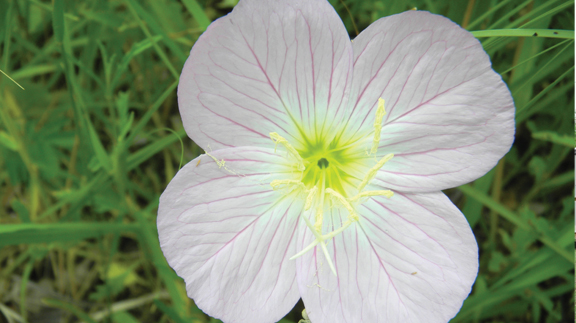
 Outdoor10 years ago
Outdoor10 years agoButtercup or Primrose?
-
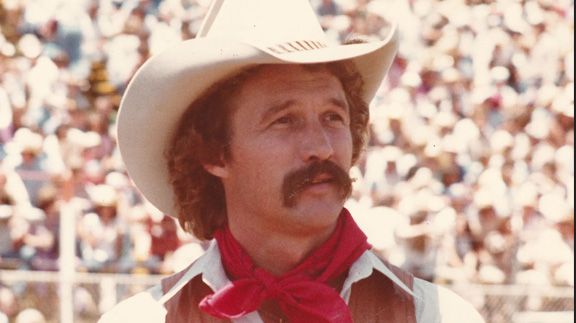
 Country Lifestyles9 years ago
Country Lifestyles9 years agoJune 2016 Profile – The man behind the mic: Bob Tallman
-
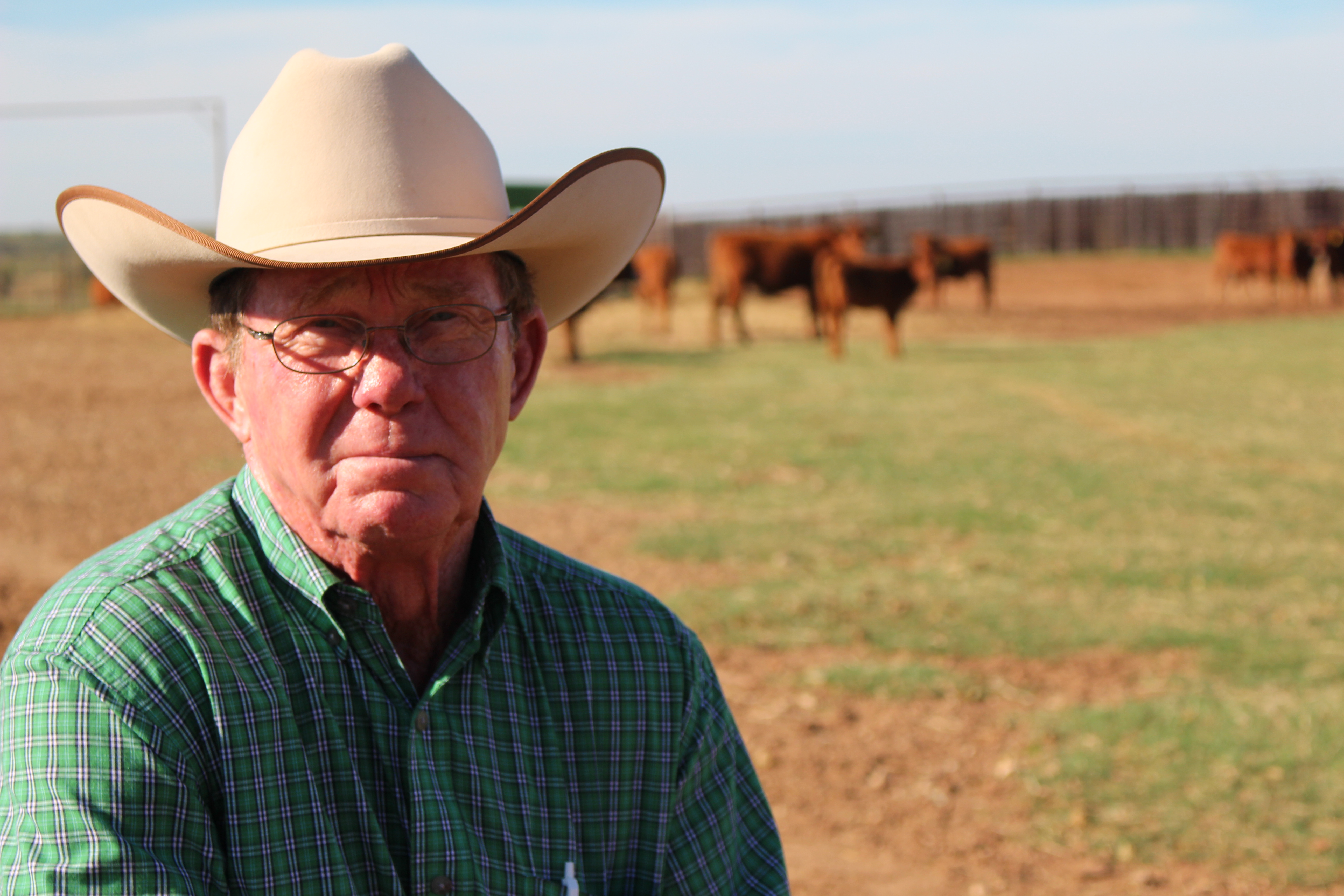
 Country Lifestyles8 years ago
Country Lifestyles8 years agoDecember 2016 Profile, Rusty Riddle – The Riddle Way
-
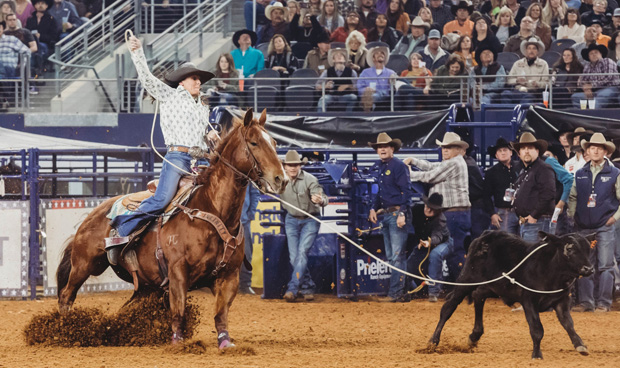
 Country Lifestyles5 years ago
Country Lifestyles5 years agoAmber Crawford, Breakaway Roper
-

 Equine2 years ago
Equine2 years agoThe Will to Win
